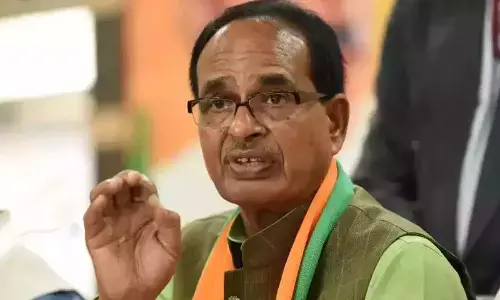External Commercial Borrowings

The Reserve Bank of India has come out with a draft paper that allowed Indian companies to raise funds from a wider class of lenders.
The Reserve Bank of India has come out with a draft paper that allowed Indian companies to raise funds from a wider class of lenders. The RBI said companies would now be able to borrow up to $50 million in external commercial borrowings (ECBs) with three-year maturities and more than $50 million for five-year maturities, from the earlier $20 million.
Borrowing from foreign sources for financing the commercial activities in India other than equity participation is called External Commercial Borrowing. The Government of India permits ECBs as a source of finance for Indian corporates for expansion of existing capacity as well as for fresh investment.
The ECBs are defined as money borrowed from foreign resources including the following: Commercial bank loans Buyers’ credit and suppliers’ credit Securitised instruments such as Floating Rate Notes and Fixed Rate Bonds etc. Credit from official export credit agencies and commercial borrowings from the private sector window of Multilateral Financial Institutions such as International Finance Corporation (Washington), ADB, AFIC, CDC, etc., writes gktoday.in.
According to the RBI proposal, companies can now take the ECB route for raising 10-year funds which is capped at five years now. Overseas regulated financial entities, pension funds, insurance funds, sovereign wealth funds etc. ECBs include commercial bank loans, buyers' credit, suppliers' credit, securitised instruments such as floating rate notes and fixed rate bonds etc.,
credit from official export credit agencies and commercial borrowings from the private sector window of multilateral financial Institutions such as International Finance Corporation (Washington), ADB, AFIC, CDC, etc. ECBs cannot be used for investment in stock market or speculation in real estate. The DEA (Department of Economic Affairs), Ministry of Finance, Government of Indiaalong with Reserve Bank of India, monitors and regulates ECB guidelines and policies. For infrastructure and greenfield projects, funding up to 50% (through ECB) is allowed.
In telecom sector too, up to 50% funding through ECBs is allowed. Recently Government of India[1] allowed borrowings in Chinese currency yuan.Corporate sectors can mobilize $750 million via automatic route,whereas service sectors and NGO's for microfinance can mobilize $200 million and 10 million respectively. Borrowers can use 25 per cent of the ECB to repay rupee debt and the remaining 75 per cent should be used for new projects. The money raised through ECB is cheaper given near-zero interest rates in the US and Europe.




















